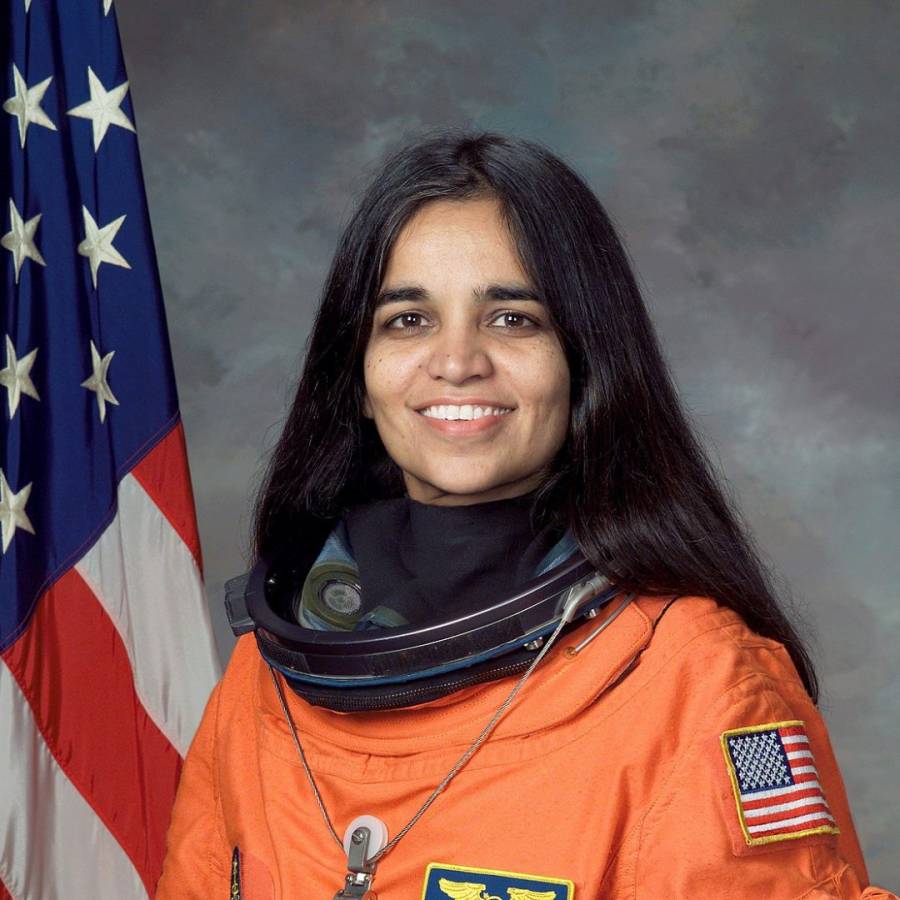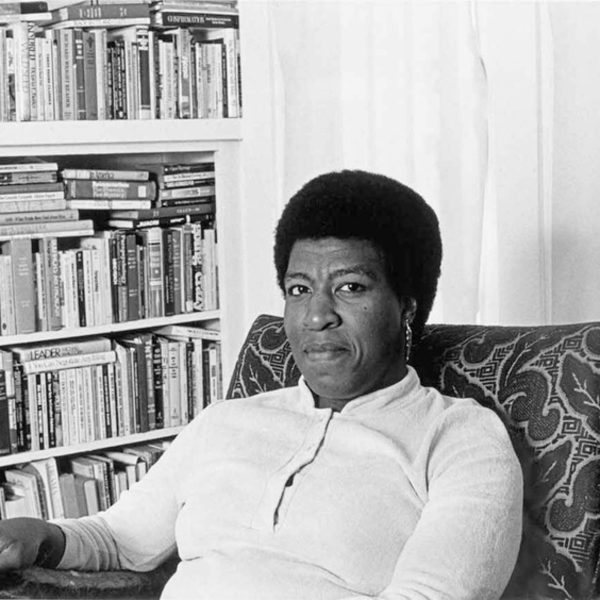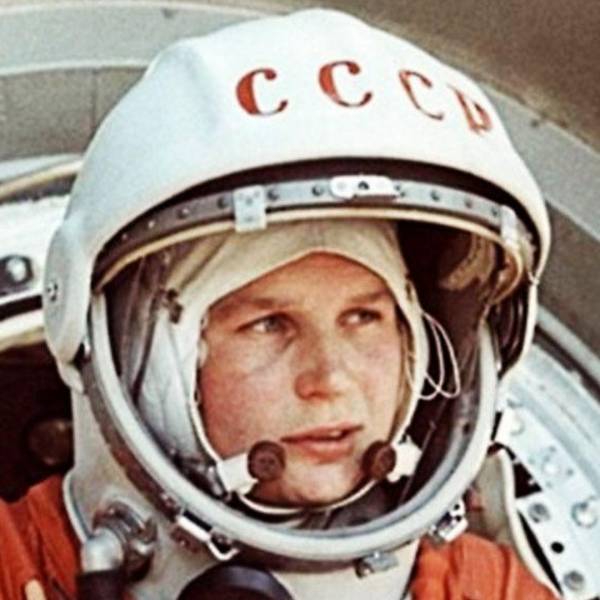Growing Up
She was born in Karnal, India in 1962 to Banarasi Lal Chawla and Sanjyothi Chawla. She was the youngest of 4 children.
Kalpana originally became interested in aviation when she was just three years old after watching her first aeroplane. She exhibited interest in aviation while at school and spent days with her father attending their local flying club.
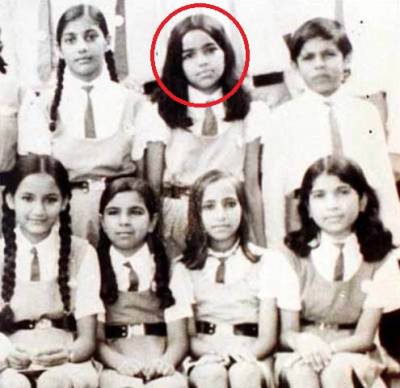
Education
Chawla graduated from Punjab Engineering College with a degree in aeronautical engineering. Professors tried to discourage her from choosing the course because there were few prospects for girls to pursue this job in India. But Kalpana was not discouraged.
After completing her engineering degree, Kalpana immigrated to the US. She started working at the NASA Ames Research Center in 1988, where she studied concepts for vertical/short takeoff and landing using computational fluid dynamics (CFD).
Journey To Space
On November 19, 1997, the six-person crew of Space Shuttle Columbia flight STS-87 launched on their maiden space mission. In her first mission, Chawla covered a distance of more than 10.4 million miles and spent more than 372 hours in space. She was in charge of deploying the malfunctioning Spartan satellite during STS-87.
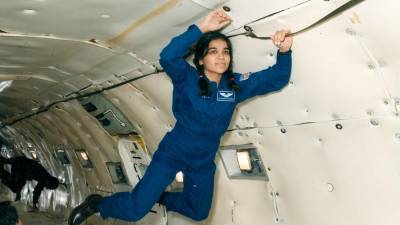
Chawla and the other six members died in the “Columbia” space shuttle accident on February 1st 2003. The shuttle disintegrated over Texas during its re-entry into Earth’s atmosphere.
Read more about Kalpana here >>
Her Legacy
Kalpana was constantly driven to think creatively and see past any obstacles throughout her time at NASA and in all of her endeavours. Her legacy is to inspire young girls and women all around the world to dare to dream big and never to let society’s prejudices and preconceptions hold them back.
Read more about space on the Stemettes Zine >>
This article was written by Jiya M, Stemette Society Member.
